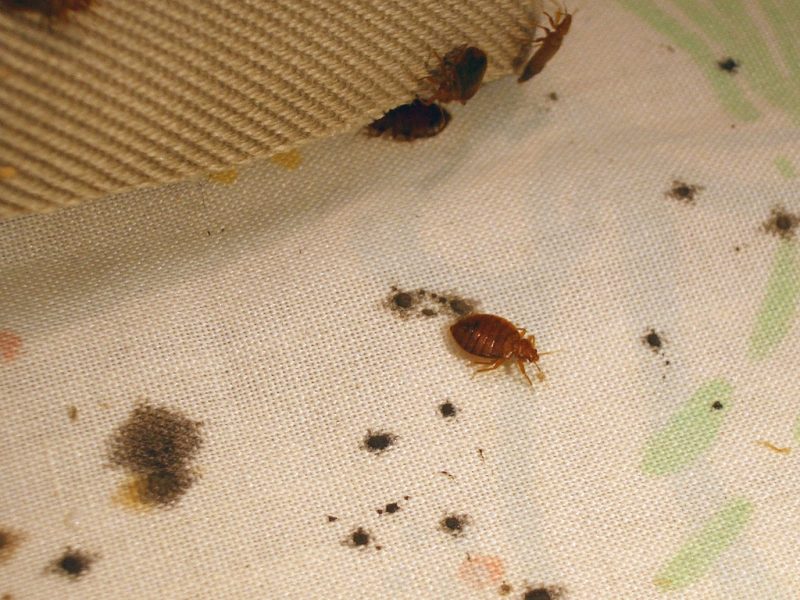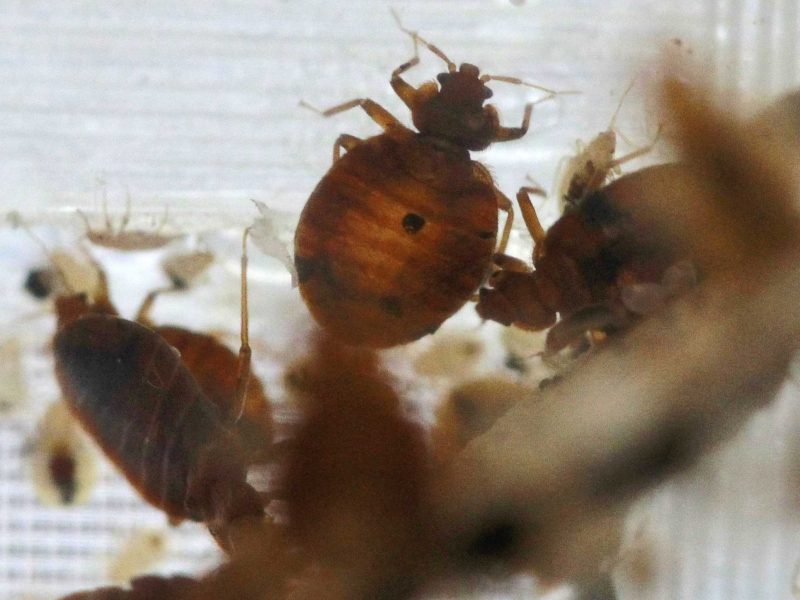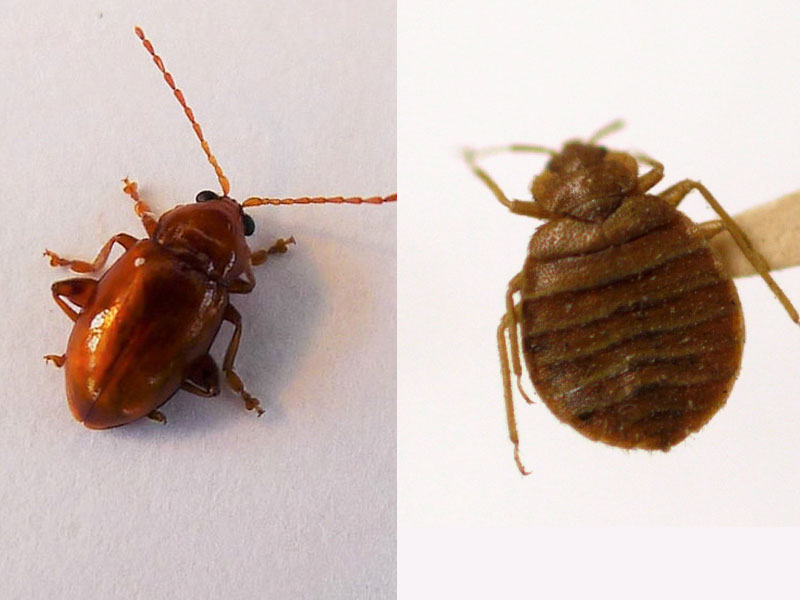Bedbugs and fleas are two blood-sucking bugs that can be tough to deal with. And although they do have similarities, the differences between them are pretty distinct- and some of the biggest differences come down to their bites.
Here are some of the major similarities and differences between bedbugs and fleas if you aren’t quite sure what bug you’re dealing with.
Both bugs survive on their host’s blood.

Bedbugs and fleas survive on blood from a host, according to Terminix. This means that both bedbugs and fleas will try to bite humans and animals when necessary.
Both insects only like the blood from mammals, and bedbugs prefer humans. Fleas typically prefer the blood of furry mammals, but they can jump onto humans and bite them as well.
Fleas and bedbugs have some similarities.

Both small, wingless insects, fleas and bedbugs are a reddish-brown color. Although both bugs are visible to the naked eye, they often come into your home without a trace.
Bedbugs and fleas are nocturnal.

Fleas and bedbugs can loosely be labeled as nocturnal, meaning they are usually more active at night. This makes it harder to spot them, especially if you don't have any itchy, red bites.
Both bugs can live for quite a long time without blood from a host, fleas for up to 100 days and bedbugs for up to a few weeks.
Read More: Here's what to do when you find out you have bedbugs
Fleas and bedbugs have different body types and movement speeds.

Fleas tend to be smaller than bedbugs and have more of an oval-shaped body. Unlike fleas, bedbugs typically have a flat, seed-shaped body.
The way they move is quite different as well- fleas can jump long distances, while bedbugs just crawl.
Flea bites can lead to the spread of some diseases.

While both bugs' bites are red and small, flea bites are usually clustered or alone, and they come with intense itching. They're likely to be on the lower parts of your legs and ankles.
Through their bites, fleas can spread several diseases, such as the plague, typhus, and cat scratch disease, according to Orkin.
Bedbugs aren't known to pass on pathogens and diseases.

Bedbug bites usually appear as a raised area of the skin, similar to a welt. Bedbug bites also appear in clusters or lines. Unlike fleas, bedbugs are not known to pass on pathogens.
Bed bug bites will likely only make you sick if you're allergic to them, according to Terminix.
Visit INSIDER's homepage for more.
